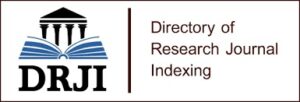Leveraging AI for TESOL: Grammar Lesson Planning
This paper explores the integration of artificial intelligence (AI) tools into Teaching English to Speakers of Other Languages (TESOL) with a specific focus on grammar instruction. Drawing from foundational theories in second language acquisition, including Krashen’s hypotheses and Larsen-Freeman’s meaning-use-form framework, the study reviews evolving approaches to grammar pedagogy, ranging from explicit, deductive instruction to inductive, communicative methodologies. It highlights the potential of AI tools such as ChatGPT to enhance lesson planning, materials development, and learner engagement through contextualized, scaffolded, and interactive grammar activities. Empirical studies and practical applications demonstrate how AI can generate level-appropriate grammar resources, support inductive learning processes, and foster student autonomy. The findings underscore the promise of AI as a dynamic supplement to traditional teaching strategies, promoting grammar acquisition in ways that are context-sensitive, learner-centered, and aligned with communicative competence. This paper provides insights for educators seeking to integrate AI into grammar-focused instruction, with practical recommendations for leveraging these tools effectively.
Keywords: AI in Education, Grammar Teaching, TESOL, Inductive and Deductive Learning, Language Acquisition, Lesson Planning with AI




















